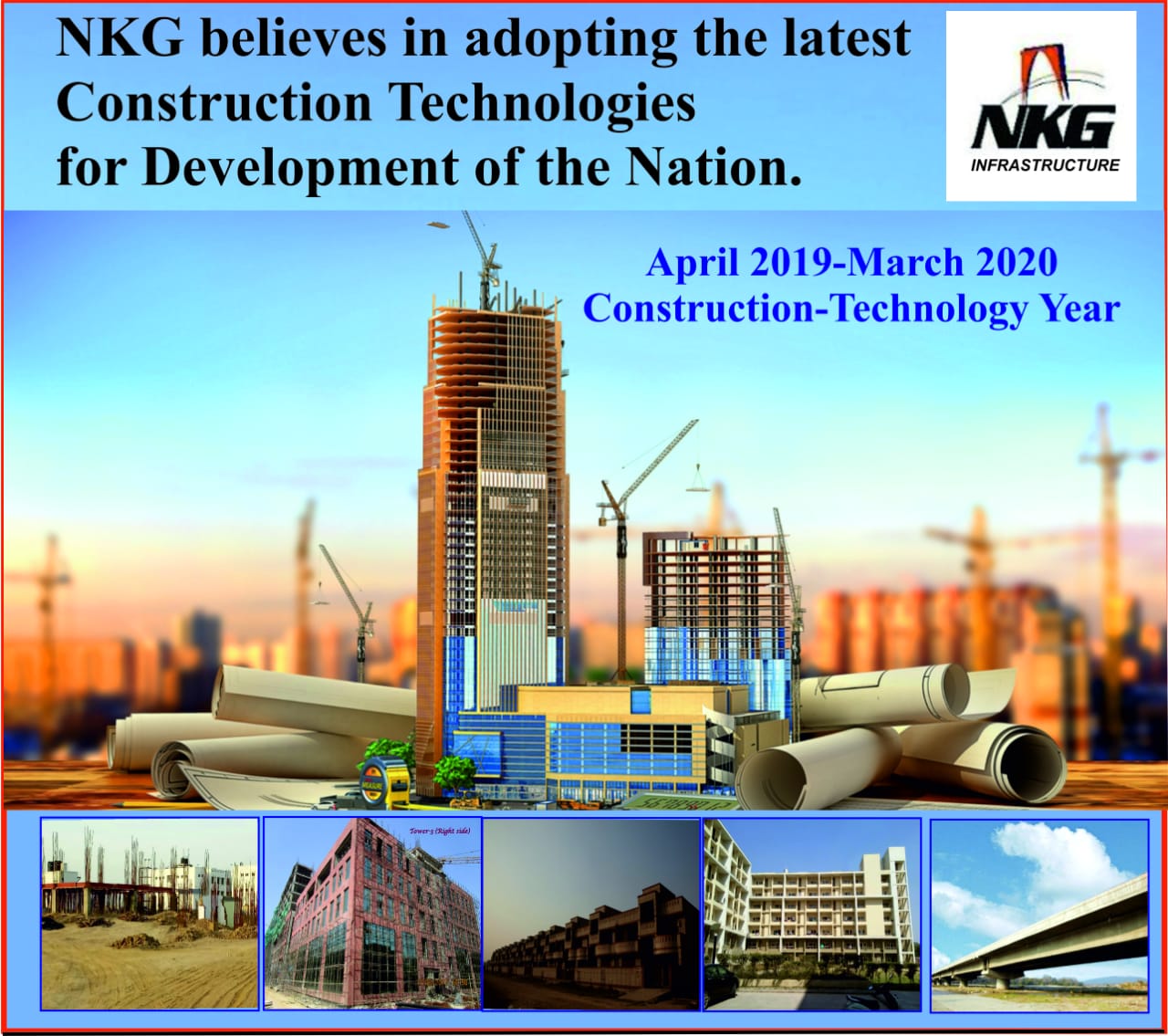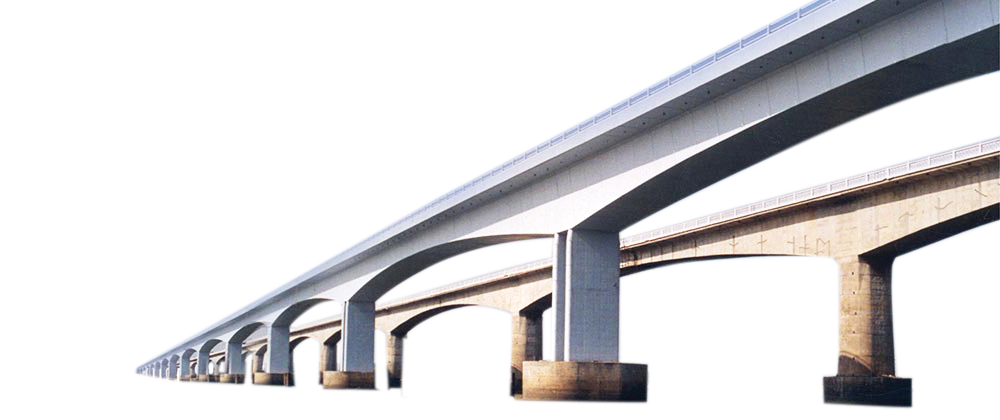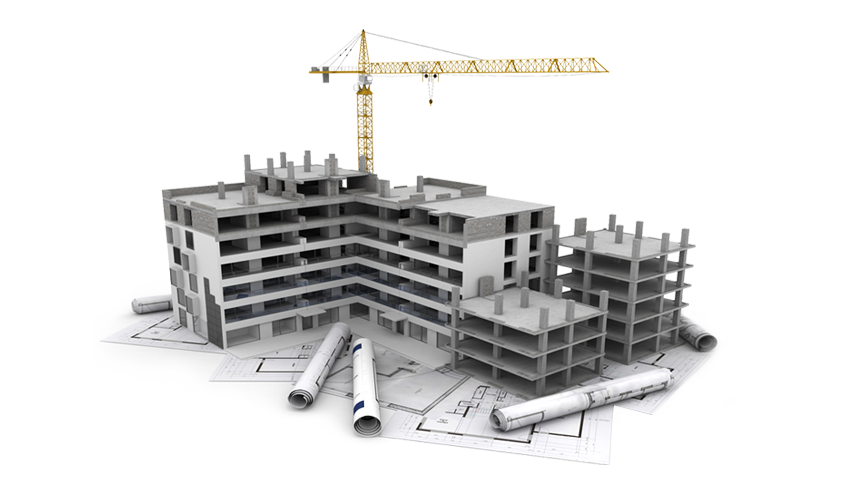Future Outlook and Trends of Indian Construction Industry

Infrastructure sector is a key driver for the Indian economy, highly responsible for propelling overall development. Infrastructure sector includes power, bridges, dams, roads and urban infrastructure development. In 2018, India ranked 44th out of 167 countries in the World Bank’s Logistics Performance Index (LPI) 2018. According to KPMG, by 2025 the country’s construction sector will be the third largest in the world, behind China and America, with an overall value of $1 trillion, with construction output expected to grow on average by 7.1% each year.
Here are a few futuristic trends that have started and will shape the future of Indian Construction Industry:
Prefabricated construction: Prefabrication is the process of assembling components of a building remotely before installing it at the site, completely changing the face of modern-day construction. This pattern facilitates faster execution and on-time delivery of homes and involves effective cooperation from architects and developers to determine the exact size and structure of a building. NKG INFRASTRUCTURE also uses prefabricated construction.
Huge demand for waterproofing of all kinds of Structures: It is being seen as an alternative construction technique. Waterproofing reduces construction time, is cost-effective and produces less waste as it is an insidious material, the bane of all construction materials. Now, as construction materials become more sophisticated, there is a shift from passive waterproofing to active waterproofing. And moreover, nanotechnology has opened up seminal possibilities of engineering hydrophobic construction materials. The demand for waterproofing systems and chemicals in India will increase by leaps and bounds in the near future. NKG INFRASTRUCTURE has also started opting for engineering hydrophobic construction materials.
Green construction: The commercial real estate sector has already adopted green building concepts in leading metros, the residential sector, etc. The concept of green construction involves using construction material that is environmentally responsible and resource-efficient throughout a building’s life cycle and also fulfills a developer’s social responsibility obligation, is also cost-efficient and in high demand. Even companies like NKG INFRASTRUCTURE are going Green!!
Micro-apartments: The trend of living in tiny living spaces is not a new thing in developed urban cities and developed countries. Exorbitant rents and single residents have made this trend flourish and encouraged developers to design innovative micro-living spaces to cater to a large consumer base.
Building information modeling (BIM): In India BIM is making its presence felt slow and only in recent times its usage has shown an uptrend. It is mainly thanks to a growing number of skyscraper projects being undertaken in the country and other construction projects like construction of bridges and power plants.
Monolithic Concrete Construction: According to a director of a Housing Board in South India, “Monolithic Concrete Construction cuts the construction time by 20-50%. Most of the state governments want quick results as elections are around the corner.” Monolithic Concrete Construction is becoming popular among the state agencies like Pimpri Chinchwad New Town Development Authority (PCNTDA) for an upcoming affordable housing project in Pune. Recently, the Telangana government also had announced its plans to construct houses using Monolithic concrete construction technique. Moreover, the Parliamentary Standing Committee on Urban Development also suggested Monolithic Concrete Construction system using Aluminum Formwork. NKG INFRASTRUCTURE will be also using it in the near future.
Tunnel Form Construction Technique: This produces high-quality monolithic structures were invented over 50 years ago eliminating the use of any subsequent wet trades (Plastering etc). This technique is highly systematic, earthquake proven and also provides an ideal solution to the critical problem of sound transmission giving a sound reduction of up to 50 decibels. Construction using this technology will be much faster.
Air pollution: Pollution has become one of the major problems faced by people in cities, especially in North India. Builders sensing the mood of the people are going in for structures that protect indoor air quality thus demand increased for user utility and health. New constructions aim to provide thermal comfort with a maximum degree of personal control over temperature and airflow and also ensure an adequate quantity and quality of ventilation. This prevents airborne bacteria, mold, and other fungi. This is through building envelope design that properly manages moisture sources from outside and inside the building. NKG INFRASTRUCTURE already prefers such construction.
Air purifiers: Air purifiers mostly found in offices have now found their way into Indian homes as well. However, air purifying paints have not yet been experimented in a major way in new constructions in India, while it has found some takers while repainting. On the other hand, vertical gardens which were before mostly restricted to public spaces and buildings, are now becoming a preferred choice of many owners. This is because vertical gardens have proven their ability in improving air quality and controlling the temperature. NKG INFRASTRUCTURE plans to adapt means for improving air quality in their projects.
Skyscrapers: Announcement of new and taller skyscrapers are becoming more frequent than ever before. They are not just for commercial complexes but also for residential buildings too. Earlier, India rarely used to make it to annual skyscrapers top ten list but last year was an exception with three skyscrapers’ completion. This year too few completions are expected and soon may become a general norm. Non-availability of freehold land has left the developers with no other options. However, moving skywards, vertical expansion, for the time being, is mostly restricted to Metro and major cities. NKG INFRASTRUCTURE in near future also planning for their vertical expansion based projects.








